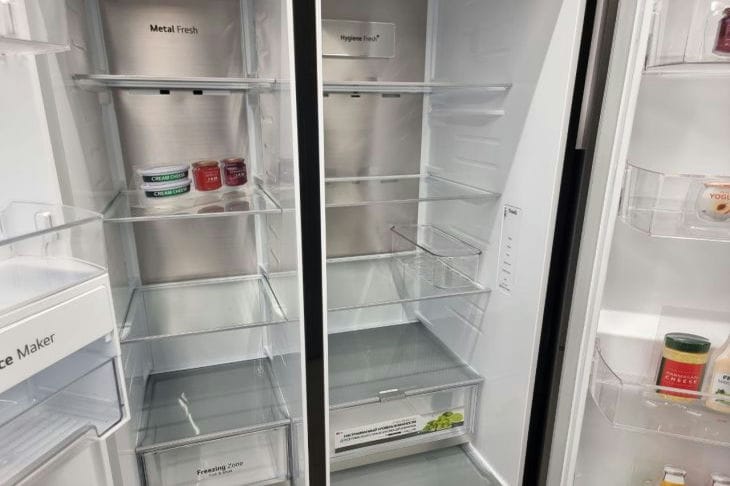What Foods Shouldn't Be Stored in the Refrigerator Door: Shocking Mistakes You Make Every Day
The refrigerator is an indispensable assistant in the kitchen, but not everyone knows how to properly use its capabilities.
Many housewives habitually place food in the door without thinking about the consequences.
However, such a decision can lead to food spoilage and even poisoning.
Why the refrigerator door is not suitable for storage
The refrigerator door is the warmest part of the appliance. Every time it is opened, it is exposed to room temperature, which causes variations in cold.
Such fluctuations may negatively affect the quality and safety of some products.

Dairy products
Milk, yoghurts, sour cream and cottage cheese require a constant low temperature to stay fresh.
Placing them in the door will cause them to spoil quickly and bacteria to multiply. It is better to store dairy products on the middle shelves of the refrigerator, where the temperature is most stable.
Eggs
Many refrigerators have special egg trays in the door. However, experts recommend storing eggs in their original packaging on the middle shelf.
This arrangement will ensure a constant temperature and prevent the absorption of foreign odors.
Meat and fish
Raw meat and fish are especially sensitive to temperature fluctuations and should be stored on the bottom shelf of the refrigerator, where it is coldest.
Placing in the door can lead to rapid spoilage and the growth of dangerous bacteria.
Fresh vegetables and fruits
Many vegetables and fruits are best stored in special containers on the lower shelves of the refrigerator. In the door, they can quickly lose moisture and wilt.
The exception is some types of greens, which can be stored in special containers in the door.
Cheeses
Hard and soft cheeses require special storage conditions. They need a constant temperature and a certain level of humidity.
It is best to store cheeses in a special compartment or on the middle shelf of the refrigerator, wrapped in parchment paper or foil.
What can you store in the refrigerator door?
Despite the limitations, the refrigerator door can be used to store some foods:
- Drinks: Water, juices, carbonated drinks are great for storing in the door.
- Sauces and condiments: ketchup, mustard, mayonnaise, soy sauce usually contain preservatives and may need to be stored at less stable temperatures.
- Jams and preserves: The high sugar content of these products allows them to be stored in the door without the risk of spoiling quickly.
- Butter: Butter can be stored in the special compartment in the door if it is used regularly.
How to properly organize space in the refrigerator
To use your refrigerator as efficiently as possible, you should follow these rules:
- The upper shelves are designed for storing prepared meals, drinks and desserts.
- The middle shelves are ideal for dairy products and eggs.
- The lower shelves are recommended for use with raw meat, fish and seafood.
- Vegetable and fruit containers should be placed at the bottom of the refrigerator.
The door can be used to store drinks, sauces and other products that do not require strict temperature conditions.
Proper placement of food in the refrigerator not only extends its shelf life, but also helps to avoid cross-contamination. Regular cleaning and maintaining temperature conditions also play an important role in maintaining the freshness of food.
